Daily Inspiration
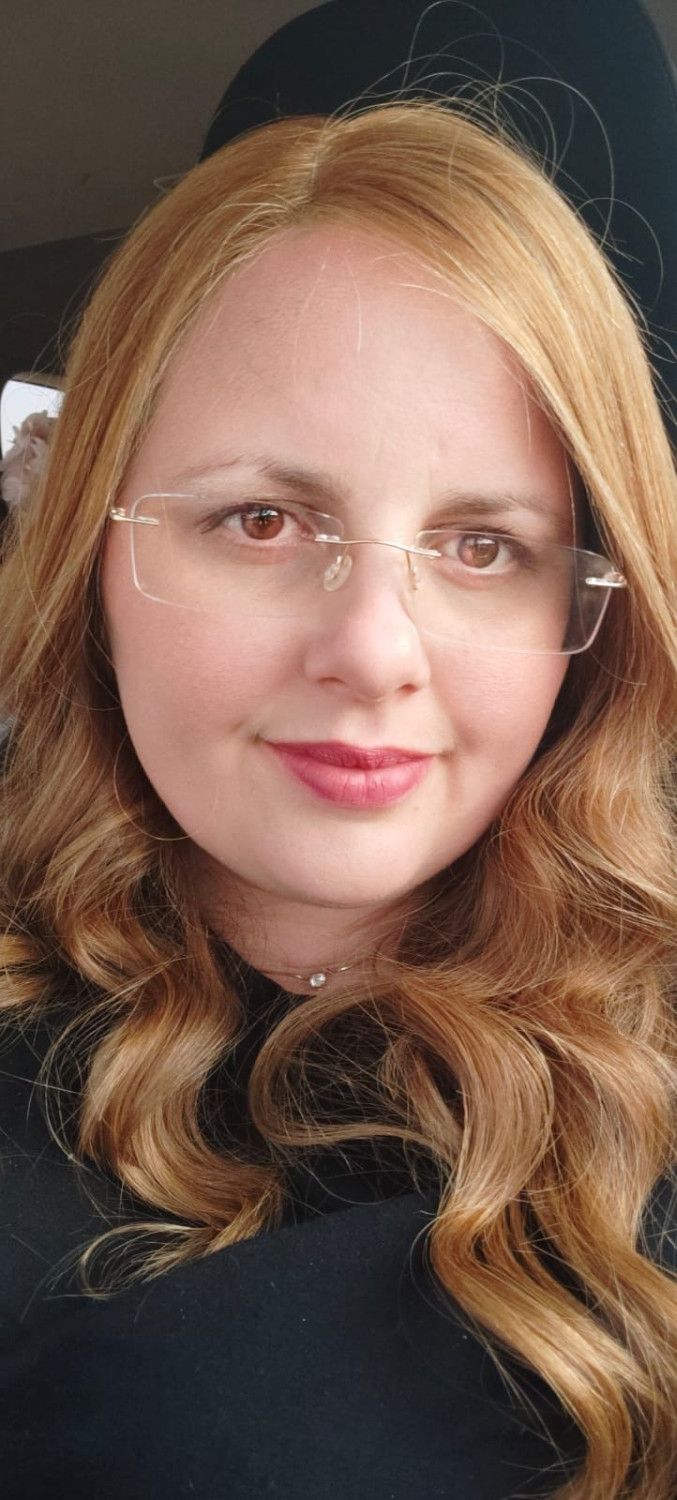
Faith, Unity and Endurance
A HAKHEL CBI word from the desk of Chaya Hitin, Rehovot, Israel
Life in Israel has taught me moment by moment, headline after headline, that every second is a gift, impossible to take for granted. The pace of our lives here shifts in a perpetual kaleidoscope of crises and grief filled events.
There is no normal. The ground shakes with looming, centuries-old earthquakes of man-made, G-d sent devastations and conflicts. Living is a fight, employment is a struggle, religion is often a source of conflict, enemies endlessly plot, and humans diverge.
And yet, and yet, and yet…
When we invert our perception of the status quo; the painful, terror-filled daily murder of our young and innocent, the wars and strikes and vicious media… when we flip our fear, we discern faith in every fiber of our being.
Our collective body. The sticky web of our global soul. Strength, resilience, graciousness, gratitude…and, Hashem.
And I commit today, as I do every day, to surrender my attempt to control and believe Hashem is the Master of the whole universe, in all its details, big and small, bitter or sweet. The toddler weeping on her father’s fresh grave, the elderly woman crushed on the way to her bomb shelter, the rage that things are wrong and unjust.
On a micro-level, my uphill battle to maintain balance, thrive, succeed and remain devout – even when it feels so out of reach, skimming the tips of my sanity. All of this is Him.
We are crushed to nothing, to disperse more light. Forced out of complacency, Israel and its holy people radiate in these moments. The mass prayers, the food drives, the infinite charity. Blinded by the radiance of unconditional love, kindness and redemption, we endure the endless rebirth of spring… petals wilting, dying for the sweet, new luscious fruit to come.
In this I need to trust.
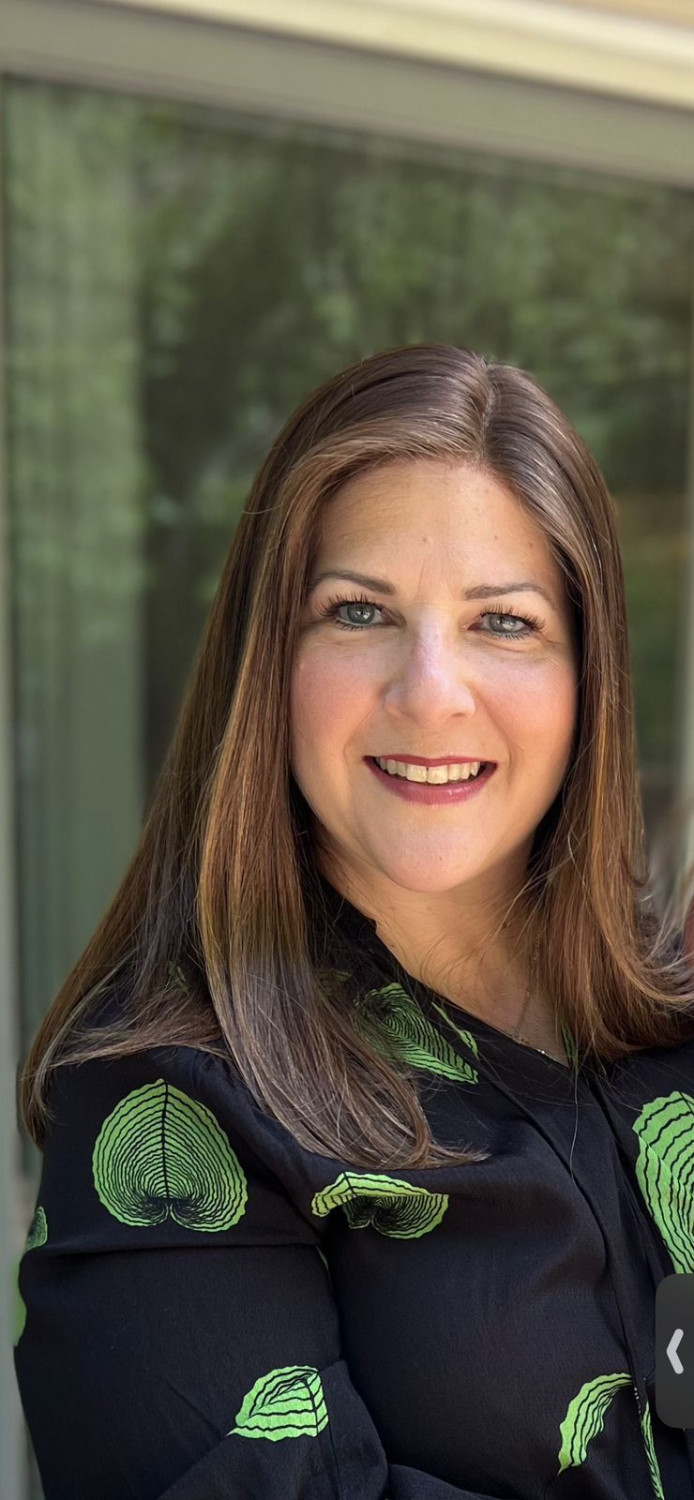
Kindling Connections
A word from the desk of Yaffie Begun, S. Paulo, Brazil
Years ago, I received a phone call from a woman who was undergoing chemotherapy and needed a wig. Carla was only able to come in on Friday afternoon, a time when I typically do not take appointments due to its proximity to Shabbos. However, given her circumstances and the desperate tone of her request, I agreed to make an exception and meet on Erev Shabbos.
When she arrived, she introduced herself as Carla Goldman Coelho. I inquired if she was Jewish? She replied in the negative, clarifying that she had married a gentile. I explained that if her mother was Jewish she was Jewish too, as were her two sons! Despite my explanation, Carla didn’t seem convinced, but in any event was inconsolably preoccupied with the imminent loss of her hair. I recommended a hair salon not far from me where she could cut and style the wig (as I only sell wigs but do not service them).
With a supportive smile, I asked Carla if she might want to bentch licht, as this could be a source of many brachot, and perhaps help her emotionally as she navigated through this difficult time. Carla thanked me but declined, and left with her new purchase in hand.
Not long after Carla left, my sister-in-law called and asked if I could quickly hop over to the very salon I had recommended to Carla, as she wanted my opinion on the style of her own new wig. As it was Erev Shabbos, I quickly made my way to the salon to offer my thoughts. Entering the salon, to my surprise I immediately saw Carla sitting there waiting to be seen. I never imagined she would make her way to the salon directly after leaving my house, assuming she would arrange for the styling the following week.
When she saw me enter, tears filled her eyes and Carla began to weep. Between sobs, she explained that as she left my home, the vivid image of her grandmother bentching licht came to mind. And, although she wanted to capture that same feeling, she was too ashamed to return and ask for the blessing and instructions on how to light the Shabbos candles. However, when I walked into the salon she realized it was a sign from Above. I wrote down the blessing and explained to her how to light Shabbos candles.
Putting her wig aside, Carla re-scheduled an appointment for the following week, as it was clear to her that the imperative of the moment was for her to return home and kindle the Shabbos licht at the appointed hour. Motzei Shabbos I received a voice note from Carla, happily sharing that she had indeed lit candles with her two sons by her side, and very much felt the presence of both her grandmother and mother!
Never underestimate the power in you! Wherever you are and whatever you do, you can kindle the flame and spread light!
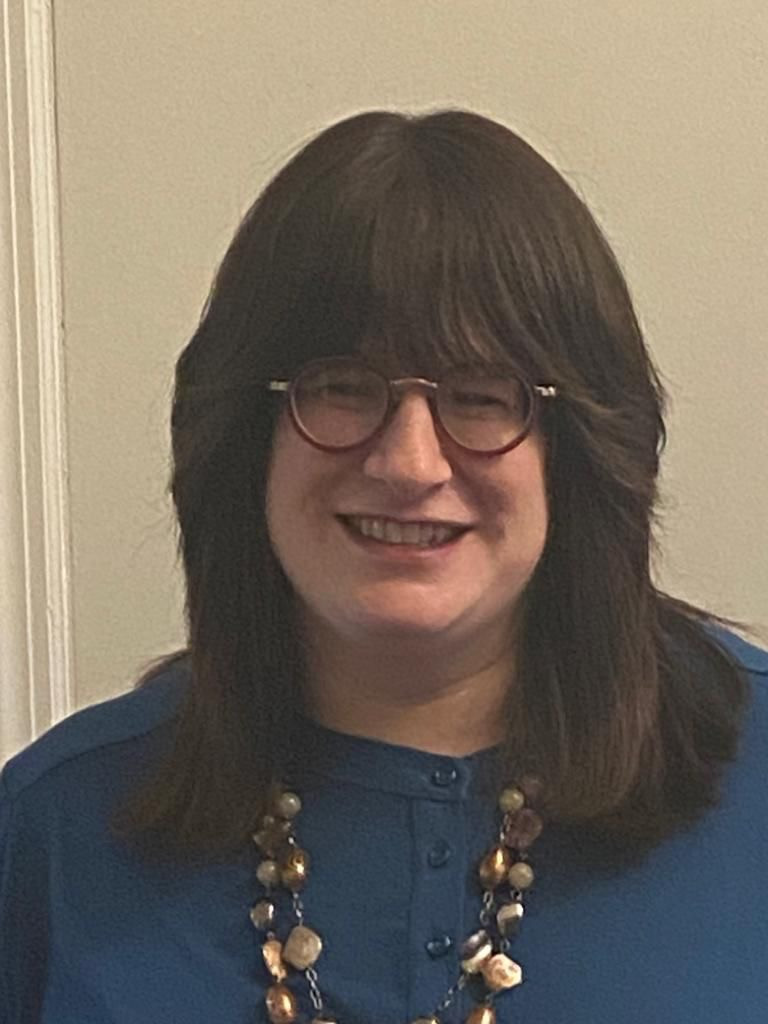
The Power of Challah
A word from the desk of Esther Vilenkin, New York, USA
One Friday afternoon, we gathered for our weekly Challah bake. My husband had just presented an overview about the significance of Challah when a woman raised her hand and shared a Challah miracle story.
She introduced herself as the programming and recreation director of an elder care center. At this facility, one floor housed many people from Eastern Europe and she tried hard to find activities that would interest them. This group was her most challenging as they always seemed to remain disengaged and uninterested, staring blankly into space, motionless. She researched music, art, dance, etc. but it was very difficult to find things they cared for. One day she decided to make Challah with them.
She arranged the ingredients beside a large bowl and pitcher of water and announced her intention. Before long, to her delight and amazement, the group became animated, arguing and recalling how they made Challah when they were younger. She watched this miracle unfold. They were full of life and passion - connecting with each other and remembering their youth.
Through baking Challah we impart to our children a divine consciousness, an awareness of HaShem and how He is with us in everything we do. We convey meaning and purpose through connecting the mundane to divine service. When we separate Challah, we recite a blessing acknowledging that all we have is a gift from HaShem.
This is underscored by the verse (Numbers 15:20) where the mitzva of separating Challah is mentioned. Dough is described as “The first of your kneading bowl”. In Hebrew, the word for kneading bowl is “Arisa” which can also mean cradle. This highlights the importance of bringing the awareness and higher consciousness of HaShem’s – presence even to a child from the stage of the cradle, or infancy.
In the elder care facility, the residents making Challah displayed their love for Judaism and the investment of devoted parents who instilled in their children the enthusiasm and excitement of making Challah. It was an indelible part of their identity, and remained with them for decades. This had the power to bring them together, to share their commonality and sense of togetherness, cherishing their heritage.

The Key to Fulfillment
A word from the desk of Simcha Youngworth, Johannesburg, South Africa
When one of my daughters was in Grade 6, she asked to read a book that her father and I felt was inappropriate. When I questioned her as to why she wanted to read that particular book, she explained that the girls in her class were discussing it at every recess. She felt left out, unable to participate in the conversation. I understood her dilemma. The book was her key to popularity.
I reminded her that, like everything else in our lives, the blessing of popularity is also bestowed from G-d. She agreed to hold off reading the book, to rather do what was ‘popular’ in the Heavenly realms. After a few weeks, when some of the girls tried to discuss the book, others suggested that it was insensitive to do so – given that not all of the girls were reading the book. End of problem.
In Pirkei Avos, Rabban Gamliel counsels, ”Seek to fulfil His will as if it were your own, in order that He will fulfil your will as if it were His own”. Believing that success comes from compromising our G-d-given values stands in stark contrast to the teaching that all blessings come from Above. The ways of the Torah sometimes appear counter-intuitive. The world says, “be sexy” if you want to attract a marriage partner; whereas the Torah says, “be holy”. If you are looking to attract a ‘soul-mate’, you should give your soul the opportunity to shine. The ways of modesty and holiness, although contrary to the secular practices of the world, are the keys to transforming ourselves into a flawless receptacle to receive G-d’s blessings.
But what if you have already embraced these practices, yet the blessing of marriage still proves elusive? That is a time to hold fast to and express confidence in representing a wholesome vessel and that G-d’s salvation comes in the blink of eye!
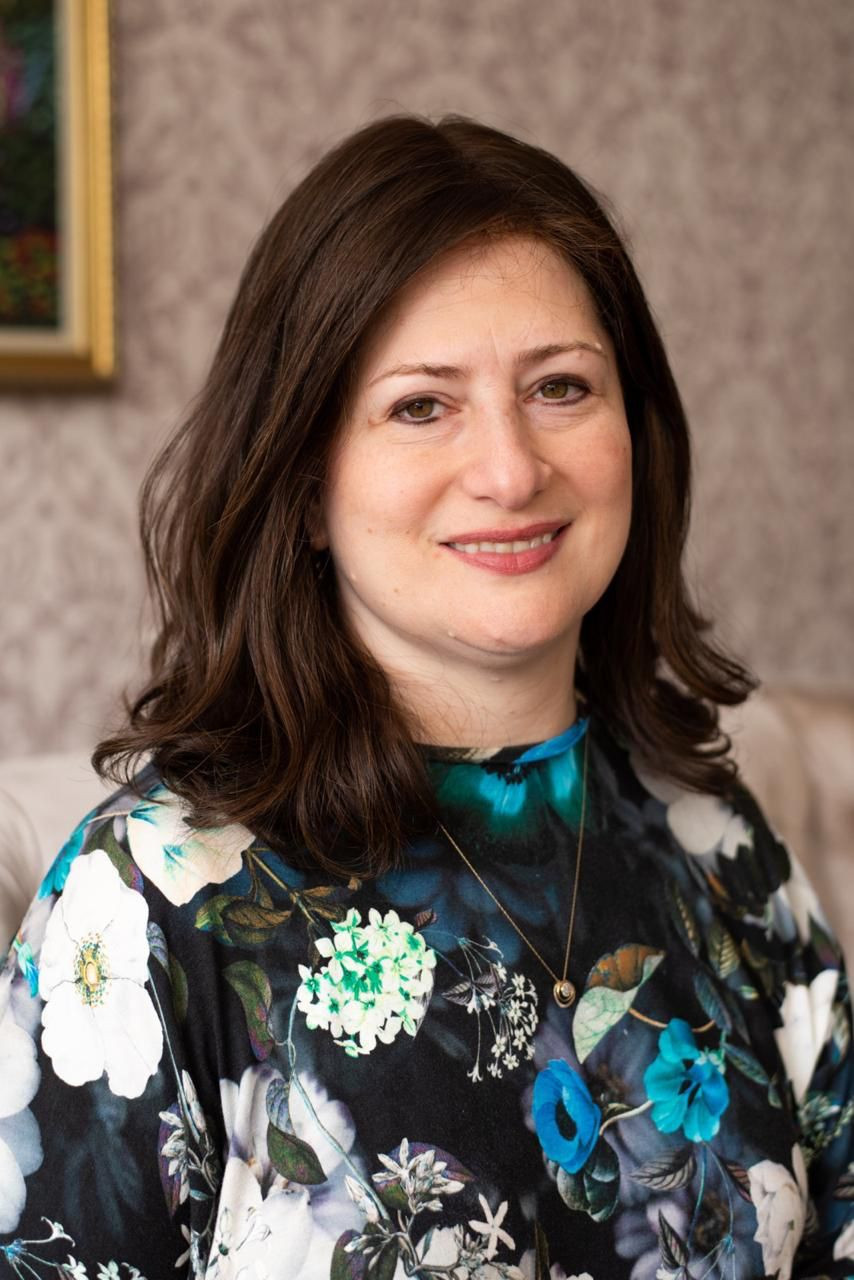
The Gift of the Present
A word from the desk of Fradel Laine, Panama City, Panama
How often do we find ourselves doing one thing, while our minds drift to something else that has already happened or a thought about something that we would like to happen?
On Yud Shvat 5730, the Rebbe related the following personal anecdote: Late one night, the Rebbe entered the Frierdike Rebbe’s study in Leningrad. The Frierdike Rebbe had just finished taking Yechidus and would be leaving in an hour-and-a half to catch a train for an important meeting in Moscow.
The trip was fraught with danger, yet he calmly sat organizing papers as if nothing else was happening. Observing this, the Rebbe could not contain his surprise and asked his father-in-law, “I know that Chabad Chassidus is based on the principle that ‘the mind rules the heart’, but to such an extent?” The Rebbe Rayaatz replied,

Finding The One
A word from the desk of Chana Perman, Toronto, Canada
He's a mover and shaker
At the top of his game
Can you find out if she's ready
but don't mention my name
What's the matter with a yellow tee?
Yes, I realize it's not done in your family
She's sweet, refined
Though I don't know her at all
My sister-in-law worked with her
So that's who you can call
She happens to have a brilliant mind
Yet actually doesn't want to marry Einstein
I believe I've seen him wearing pink socks
Don't you appreciate out of the box?
He's too quiet
She's too loud
He stands out - in a good way -
From the regular crowd
She plans to live near her parents
Nothing wrong with that
He wears a kasket - no Borsalino hat
He said he enjoyed the second date
She thinks he's amazing and really great
He needs time to think
She wasn't quite sure
Tell me, tell me
Did you hear any more?
She says he's the one
He is over the moon
Stay tuned for good news
Happening soon!
Dear G-d you can hear
Your children discussing
Potential matches
With all that fussing
May You grant us wisdom and clarity
The ability to discern and properly see
May the journey be with joy
May the path be clear
Free of sadness, worry, despair
May the thorns be few
May the roses be many
We pray for simchas
May there be plenty
Let the heartfelt tefilos offered
at hafrashas Challah
Lead to many chasanim and kallahs
Mazal tov, mazal tov
(I wish in advance)
Very soon to the chupah may you happily dance!
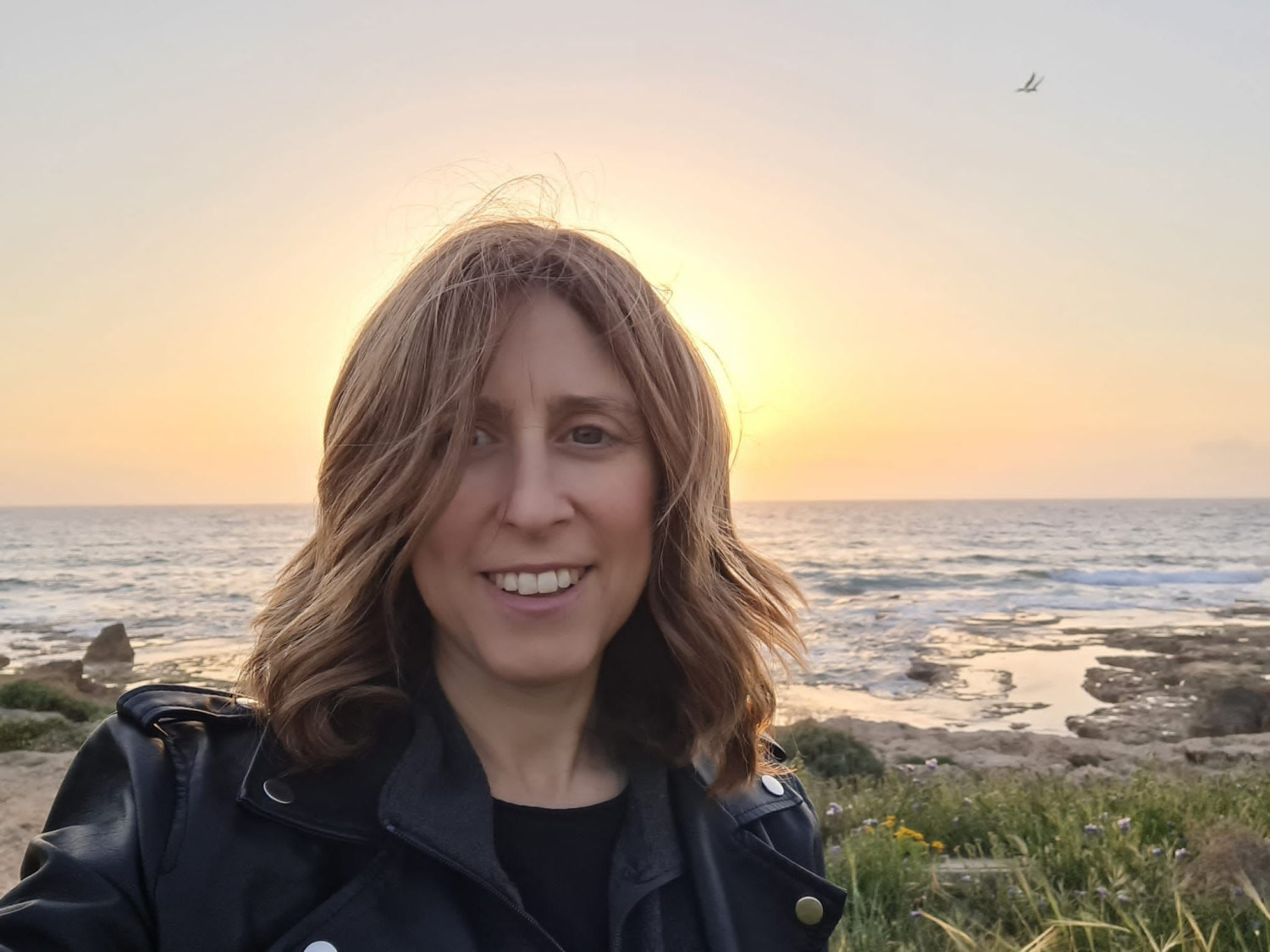
BRINGING HEAVEN DOWN TO EARTH
A word from the desk of Nechama Caplan, Tzvas, Israel
We mix some flour and water, adding oil, eggs, yeast, honey and salt, let it rise and then recite a blessing, taking off a piece of dough, called challah. It's quite astounding that those seven simple ingredients mixed together and sprinkled with a blessing has the capacity to draw down the Infinite right into our dough-filled hand!
When we think about the nature of G-d and spirituality, we certainly don't connect that lofty concept to a lump of dough. Really, the very idea seems kind of mundane. Wouldn't it make more sense to meditate, disconnecting from our physical body in the quest to find spiritual completion? From our human perspective, perhaps. But the Torah, which serves as the Divine blueprint for Creation, approaches it very differently.
The most exalted light is to be found in the lowliest of place – when we reveal G-d there. And that's where the idea of a mitzvah comes into play. It represents the set of coordinates that G-d gave us to bring Heaven down to Earth. We don't need to go anywhere special – we aren’t obligated to float off into a meditative trance. We just follow the simple directions laid out for us in the Torah and hold the Infinite in our hands. This is what makes Judaism so unique. It's not the yearning for spirituality that takes us out of the physical realm, it's through the physical realm that we reach this higher state of connection with G-d.
So even though we are each just one person, maybe even struggling with feelings of low self-worth, we are much more powerful than we can even imagine. The Talmud teaches,
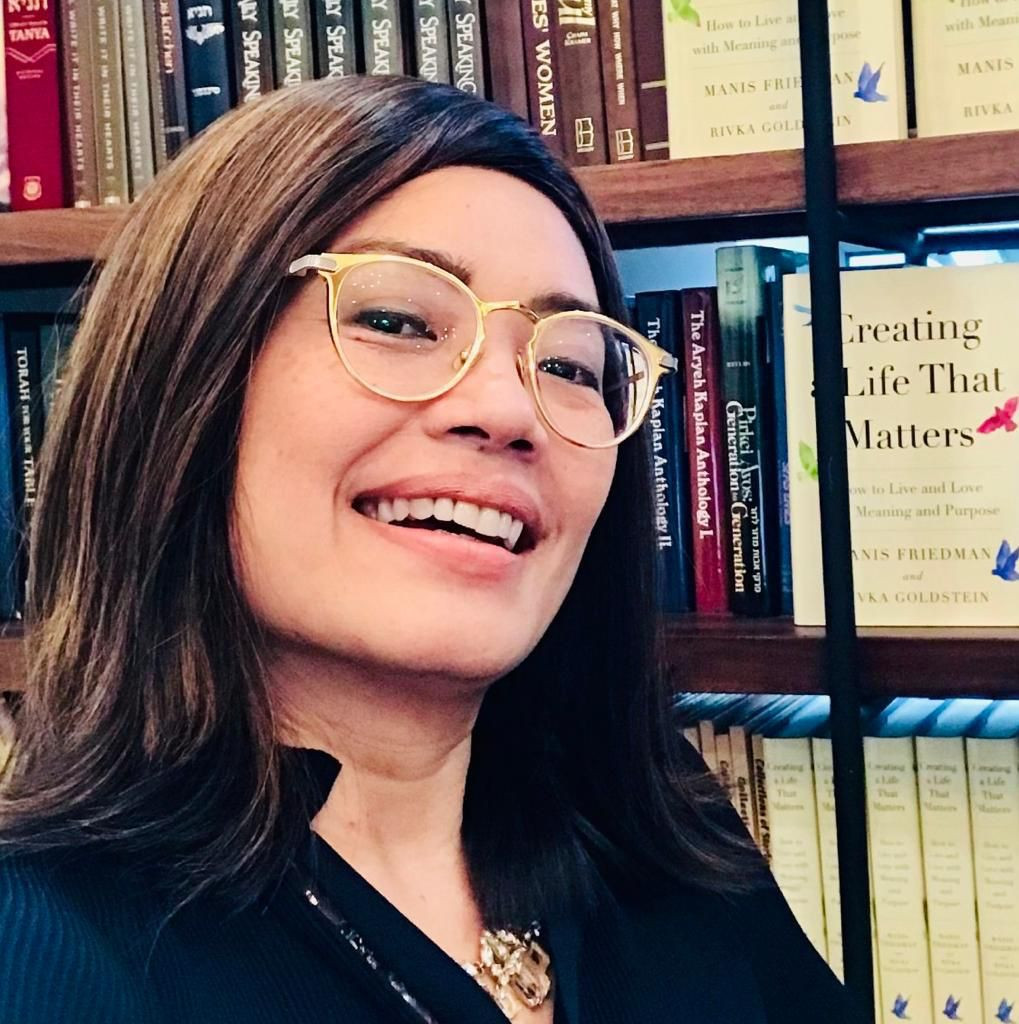
THE JUNGLE OF DATING
A word from the desk of Rivka Goldstein, Florida, USA
It takes unwavering faith and a firm conviction that G-d is in control to overcome the shidduchim crisis.
After graduate school, I found myself in a foreign land for no particular reason, except a nudging feeling that I was intended to relocate there. Two years later, at age 31, I met my husband the week after he finalized his divorce.
Incredibly, I'd landed in this place the exact day that my husband began his divorce procedure. It became clear to me why I hung in there, despite the constant angst. Boruch Hashem we began our ba’al teshuva journey together.
A similar situation occurred with a man I coach, who had for years struggled with shidduchim. He’d always had a strange hunch that he was to become a father at the chuppah, as he did at age 39, when he married a widow with a child.
Some things in life defy logic, we need simply to trust and surrender to G-d. It may be that you’re ready and all you’re doing is waiting for your bashert to catch up!
Today, twenty years later, it’s easy to see hashgacha pratis in my life, but it was near impossible back then. It turns out, G-d has a plan and has been in charge all along. So too for us all – there is a Divine plan…and our task is to have faith and stay the course until those plans come to fruition.

POWERS GREATER THAN BULLETS AND BOMBS
A word from the desk of Miriam Moskovitz, Kharkov, Ukraine
Friday, February 25th 2022, Kharkov Ukraine. Making challah in my kitchen on Chubara Street a day after war broke out seems surreal. The same recipe, the dough rising but the background sounds of bombs and artillery make the moment so much more poignant and the need to pray more urgent. It was to be an unforgettable Shabbat with our community and city under attack. The prayers in the synagogue as we blessed the upcoming month of Adar – a month of joy – the songs and dancing at the Shabbat meal… all just a few miles away from where tanks stood at the entrance to the city. Singing “Hinei Mah Tov Umanayim” (How pleasant to be together), we felt the power of our unity. My challot were finished quickly that week…but who knows when I would be baking them again in my kitchen on Chubara Street. The power of challah.
A week of intensive bombing and attacks had hit just a few doors from our home, our school and throughout our city. With no choice, we grabbed a few bags and suitcases and fled with our children and grandchildren in a van towards safety. As we left the city and saw the destruction and shelling, we started to say Tefilat Haderech the prayer for a safe journey and added in tears “Ve’tachazireinu Le’shalom” (May we return in peace). The power of prayer.
Friday evening, Chisinau Moldova Joined by over one hundred refugees, we light Shabbat candles and pray for all those in Kharkov and all those attempting to escape. After Kiddush my husband starts to dance “Vesomachto Bechagecha” (And you should rejoice in your festivals). A bewildered journalist goes over to him to ask: “What festival are you celebrating here? Escaping from a war-zone to the unknown…what's to celebrate?” My husband replied with the story of a Rebbe’s son who wanted a candy and recited a bracha so that his father had no choice but to give him the candy so that his blessing would not be in vain. So too, my husband explained, we are celebrating and dancing so that G-d has to give us something to celebrate! The power of joy
Summer Kharkov, 2022 Five months into the war, Masha gave birth to a baby boy in Kharkov and contacted my husband to make sure that he would have his brit mila on the 8th day no matter what. And the near impossible happened. A mohel flew from Israel and traveled 20 hours by van to Kharkov and little Moshe had his brit mila on time – despite the daily bombing and attacks on the city. Masha had continued the chain from Avraham Avinu, and a new boy had joined the Kharkov Jewish Community and Am Yisrael. The power of the Jewish Woman
We have so much to be grateful for and so much to pray for as we take challah this week. Let’s take a moment to add a prayer for all those who have lost so much in this war and that this Shabbat we should all experience the final Redemption in Yerushalayim with Moshiach now!
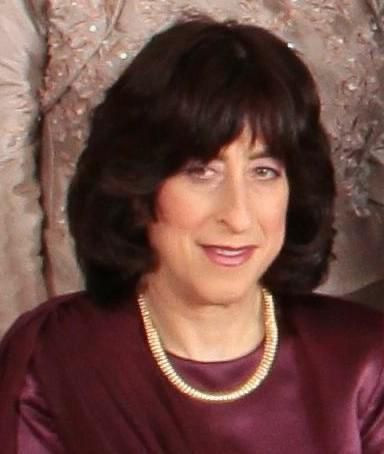
BREAD!
A word from the desk of Mina Esther Gordon, Melbourne, Australia
Throughout many parts of the world, for thousands of years bread has been the “staff of life”, the foundation of each meal, filling and satisfying those who consumed it. The Torah, which instructs us how to bring heaven and earth together touches upon every aspect of life, including baking bread. We are commanded to set aside a small amount of dough for the Kohen, thereby acknowledging that although there are great differences between people (Kohen, Levi, Yisroel), all are equally obligated to serve Hashem with their unique abilities and circumstances. Contrary to the statement in the Declaration of Independence, all men are not created equal, although all are due equal rights. It is not a matter of snobbishness or favoritism, rather, a matter of diversity and uniqueness. Each person has a different task to fulfill, all for the same goal.
How then are separate individuals able to unite in doing their disparate tasks?
One gains insight into this challenge by returning to the process of making challah. Just as the separate bits of flour come together to make one unified dough when water is added, so too we individuals can bond together as one entity to serve Hashem when we add the Heavenly waters of Torah. Thus our sages declare that just as water sustains us physically, Torah sustains and nourishes us spiritually – allowing us to fulfil our destiny with a sense of purpose and unity.
Source
Based on the Kehos Chumash Bamidbar p.94-96
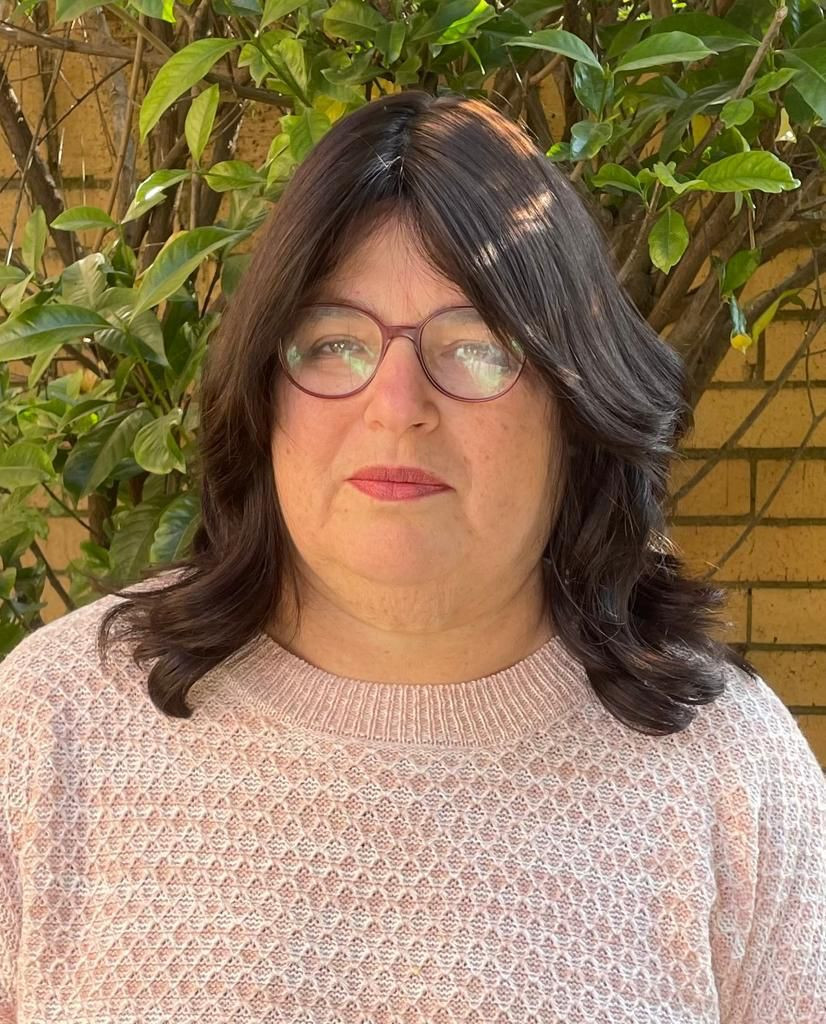
HAKAROS HATOV – ACKNOWLEDGING KINDNESS
A word from the desk of Rivky Chaikin, Johannesburg, South Africa
A few months ago we had the great zechus (privilege) to experience a family reunion, with our children meeting together from all parts of the world to spend a very special Shabbos together in Upstate New York. As I opened my eyes that Shabbos morning, the chorus “Hapa’am odeh es Hashem” (this time I will praise G-d) popped into my head and repeated itself throughout the day.
Leah, the less favoured of Yaakov’s wives, exclaimed these words on naming her third son, Yehuda. Though having Yehuda still did not turn her into the favorite spouse, she nonetheless expresses her deep gratitude to the Aibershter for the brochos she was granted.
Gratitude is a difficult and unnatural attribute. We tend to minimize the good that others do for us. The smaller their kindness the less indebted we feel. It is also instinctive to concentrate on what we do not have, rather than acknowledge the many brochos we are granted.
Hakoras Hatov (gratitude) is one of our most necessary avodos(service) to survive this golus (exile). This is why we are called Yehudim. We do not all stem from Shevet Yehuda but we all need to work on the midah of “Odeh es Hashem” (praising G-d) Thus we begin every day with the words “Modeh Ani” (I give thanks) to remind us of this imperative.
As we daven and beg Hashem to provide good shiduchim for our children, we must never forget to also thank Him for the many brochos that have already been bestowed upon us. Recognition and appreciation for those brochos will serve as a catalyst for being gifted new ones, not least the zechus to walk our children to the Chupah.
Source:
Bereishis rabba 98,
Medrash tehillim kapital 23.
Other meforshim included

WHAT’S IN A NAME
A word from the desk of Sara Lowenthal, Toronto, Canada
My name has an unusual spelling on my birth certificate: S-O-R-A-H. My parents pronounce my name as Sara, as do my family and friends, and when I went to school, I wrote my name out as S-A-R-A on all my school work.
I ran into trouble as I got older and things became more official in my life. Marriage certificate, birth certificates of my children, undergraduate and graduate studies…I never imagined how the spelling of my name could turn into such a headache! My acceptance into my graduate studies program was delayed until I could prove to them my ‘real identity’. Names, I have learned, are a big deal. We need to be deliberate and careful when spelling our names, and pay attention to the spelling of others.
Geulah (redemption) is one such example. Geulah is almost the same name as Golah (exile), except that Geulah has an Aleph. This Aleph encapsulates the difference between exile and redemption, and even hints to how we can bring about Geulah. Aleph is the numerical value of Echad (one), and Alufo Shel Olam (Master of the world). Alef represents the task of bringing Hashem(G-d) down into our dark, physical world and revealing Hashem in the most unlikely of places.
I think about the Aleph in Geulah a lot. The Aleph is what changes Goleh to Geulah and that small Aleph reminds me that names are, indeed, significant. That small Aleph prompts me to be more aware of Hashem in my life, and encourages me to put Hashem at the centre of what I do. To me, the name Geulah is a nudge; a nudge to bring down an Aleph infusion. And this mindfulness of the G-dly context (that should inform all of our thoughts and actions) brings us closer to our Divine source and the ultimate redemption closer to our world.
Source:
Talk by the Lubavitcher Rebbe, December 13, 1984
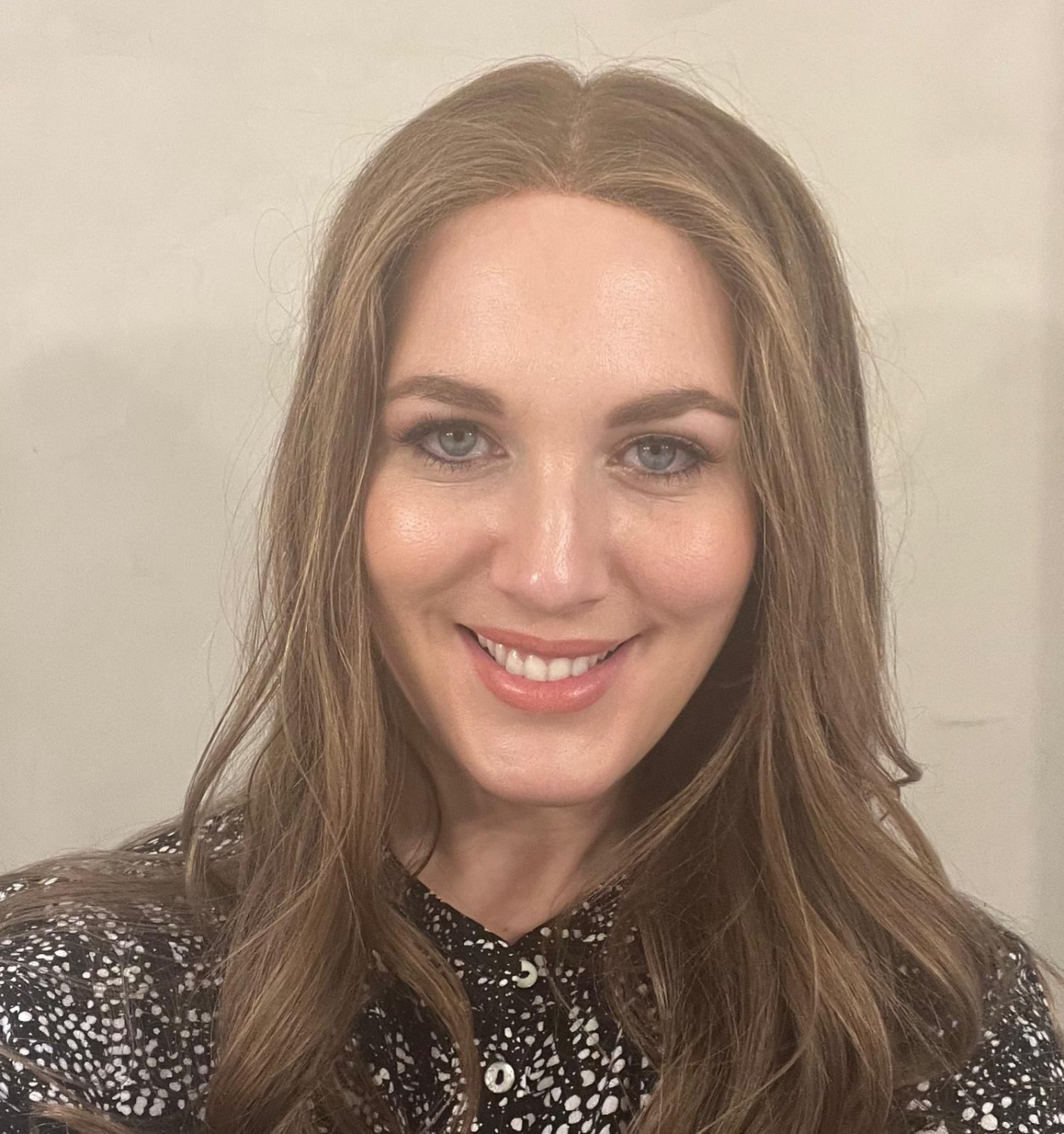
THE ULTIMATE FUSION
A word from the desk of Devorah Leah Weisz, London, UK
The source for the mitzvah of taking Challah is found in a curious place – Parshas Shelach. Following the episode with the Spies, who returned from scouting out Eretz Yisrael with a negative report, the parsha outlines the obligation for the Jews to donate a portion of their dough to G-d. What’s the connection?
The Spies struggled with a legitimate and lofty fear – that entering the Land would require a massive shift in their holy lifestyle. No longer would their physical needs be miraculously taken care of – Manna falling from heaven, water flowing from the Well of Miriam, Clouds of Glory washing their clothes. They would need to work the land, to plow, sow and reap, and their lives would be overtaken by the physical realities demanded there, with no time for Torah learning and spiritual service.
Although this approach may seem noble, they were admonished for their lack of faith in the mission of entering and settling the Land. For this is G-d’s deepest desire – He created a physical world precisely for the goal of elevating the material to reveal its G-dly essence. He concealed His light and charged us with the mission of transforming the world into a home for the Divine.
Challah’s message is to find G-d everywhere, even in the most basic of physical activities like baking bread. We have the responsibility and privilege of infusing our daily actions with meaning and G-dliness. Our work does not impede our spiritual service, it IS our service. We should not ‘stay in the desert,’ retreating from society and pursuing a transcendent life on a far-off mountaintop. G-d wants us HERE fulfilling our purpose. Thus, Challah is the antidote to the flawed understanding of the Spies. We bake and we find G-d in our dough; we live in this earthly existence and uplift our every-day experiences into a heavenly paradigm, as we knead our way through life.
Source:
Likutei Torah Parshas Shelach
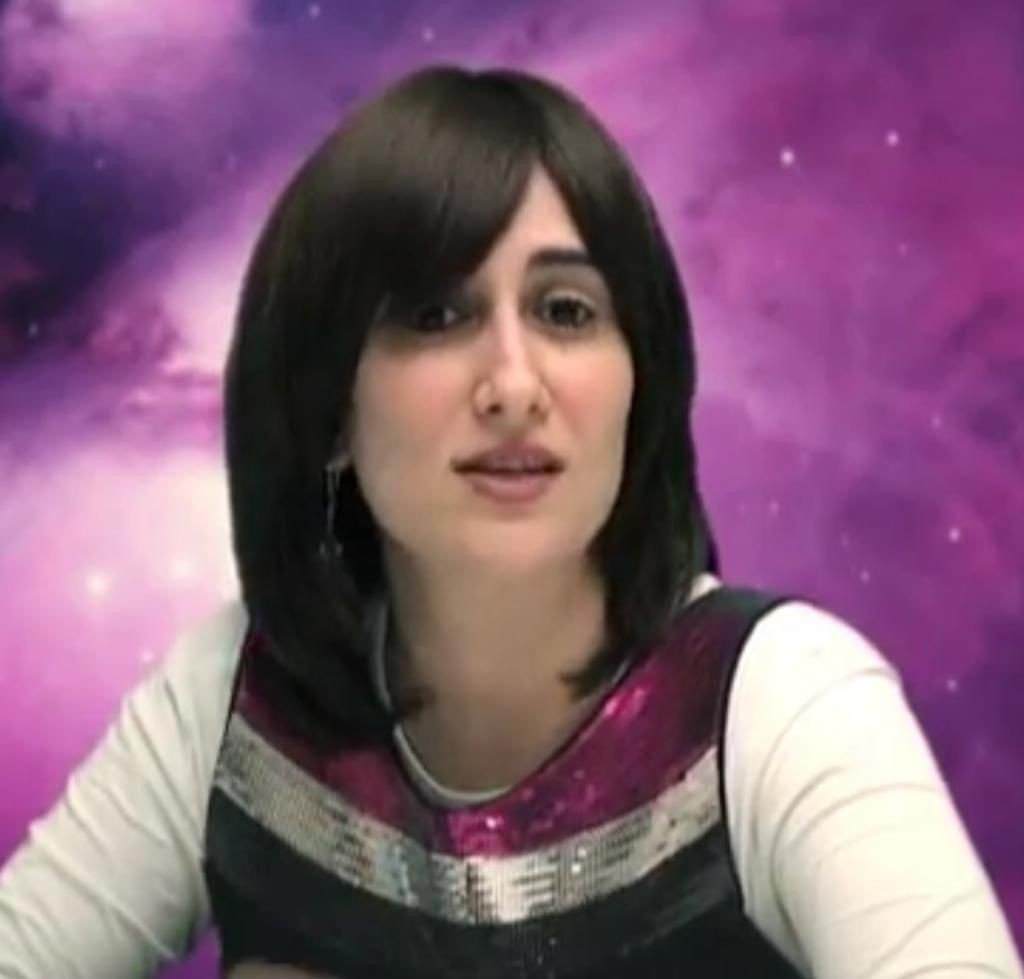
ETZ CHAIM HEE LAMACHAZIKIM BA-IT IS A TREE OF LIFE FOR THOSE WHO HOLD FAST TO IT
A word from the desk of Goldie Slavin, Caracas, Venezuela
Immediately following the miraculous parting of the Red Sea, when the Jews reached “Mara”, the Torah states: ”they could not drink the waters of Mara because they were bitter”. In the plain sense it means the waters were bitter, but homiletically it refers to the people. They were so embittered, that the water tasted bitter to them.
Much of what happens to us is shaped by how we perceive it. It’s not always about what’s on the table, but rather what we bring to the table.
Subsequently once Moshe threw the tree into the water, the waters became sweet.
Every moment of our lives, whether bitter or sweet, we have the tree of life to hold on to. The tree refers to the Torah, which gives us guidance, strength and purpose. Unlike other creations, the tree is always connected to its source, weathers all climates and continuously grows.
Let’s stay connected to our source, and we will feel the sweetness and purpose of life – with resilience, pride and faith. And with that bond, perhaps then we can face whatever challenge comes our way more sweetly!
Source:
Shmos: 15:23
Proverbs: 3:18
Living Each Week by Rabbi Twersky (quoting the Baal Shemtov)
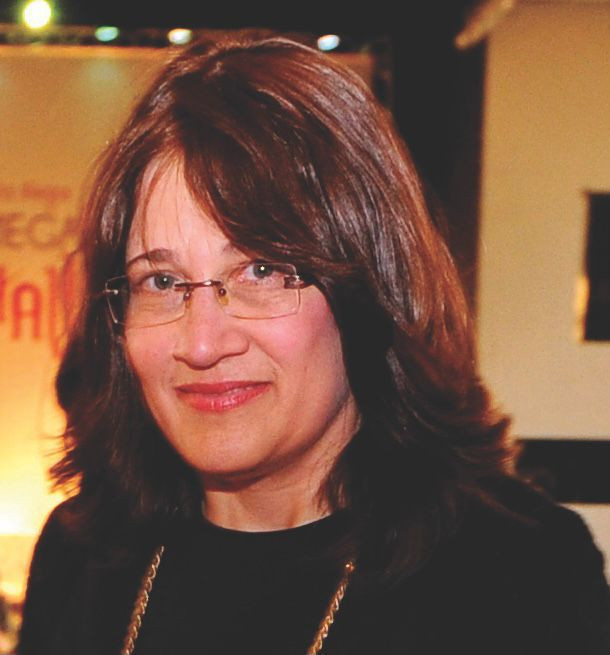
Creating a Shabbos
By Mimi Liberow, Porto Alegre, Brazil.
The goal and purpose of the Jewish home is that on the seventh day it becomes a Shabbos home…a sanctified home.
Yet, the transition from one extreme to the other, from the mundane of the weekday to the sanctity of Shabbos is beyond us. It's like taking a huge leap to get from the sidewalk to the seventh floor. Good intentions and a strong desire just aren't enough.
But, if one climbs up a ladder, one rung at a time, one can get there. And the same goes for welcoming in the intense beaming of G-dliness on Shabbos. And, that experience is amplified to an infinitely greater extent if one dedicates
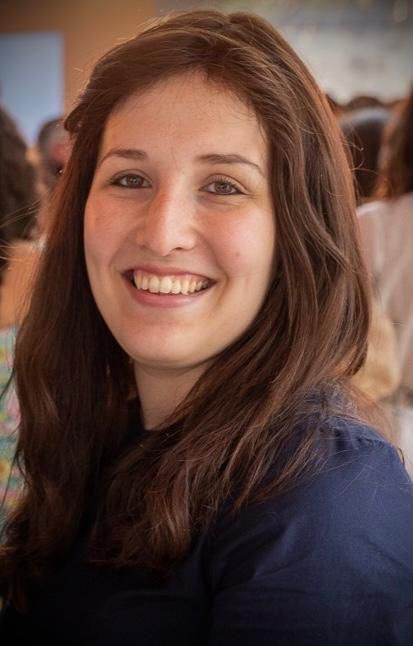
תהא אשה צנועה – Protecting What is Most Important
By Chaya Gourarie, Sydney, Australia.
When Hashem created Chava, He deliberated over which of Adam’s limbs should she be created from. He didn’t wish to create her from the eyes – so she wouldn’t be prying. He didn’t create her from the hands – so she wouldn’t be a thief; nor from the mouth – so she wouldn’t chatter excessively…and so too with the other limbs from which to choose. (Midrash Tanchuma, Vayeshev 39:6)
Ultimately, Hashem resolved to create Chava from Adam’s rib, which is hidden inside the body, so that she would be צנועה – modest, private, unassuming.
But of all the internal organs and body parts, why specifically did Hashem select the rib? The ribs are special in that they encase and protect the vital organs- the heart, lungs, spleen. The ribs protect the life and essence of a person.
A woman is a protector of humanity – insofar as having the ability to create and sustain life. Coming from the rib, a woman is all about tznius – modesty, hiddenness, privacy, which protects the vitality of Creation. As Hashem created each part of her body, He declared: “תהא אשה צנועה” – “be a modest woman” (Bereishis Rabba 18:2), giving all womankind the message that her essence is strongly aligned with tznius.
Notes the Lubavitcher Rebbe in a powerful insight: “All that is sacred to the nation of [Hashem] and is fundamental to the house of Israel – in establishing and rearing an upright generation, kashrus of food, the sublime pure holiness of Shabbos, was entrusted by Hashem, for preservation and development, to the woman of Israel…” (Hayom Yom, 26 Adar II).
It is us women who cling to our values of modesty, privacy and focusing inward who protect and uphold the foundations of our nation.
Our role as women is to nurture, protect and hold onto what is sacred. We were created in this way to give us the strength and courage to persevere and fulfil our mission.
As we knead our challah dough, we can remember who we are nurturing. As we kindle Shabbos candles we have in mind those whom we seek to protect. And as we proudly hold onto the values of tznius, we reflect on the nation that we are upholding.
It is up to us – as the attribute of tznius is bound up in our DNA – to hold on to and protect that which is most important…Hashem’s children, the Nation of Israel.
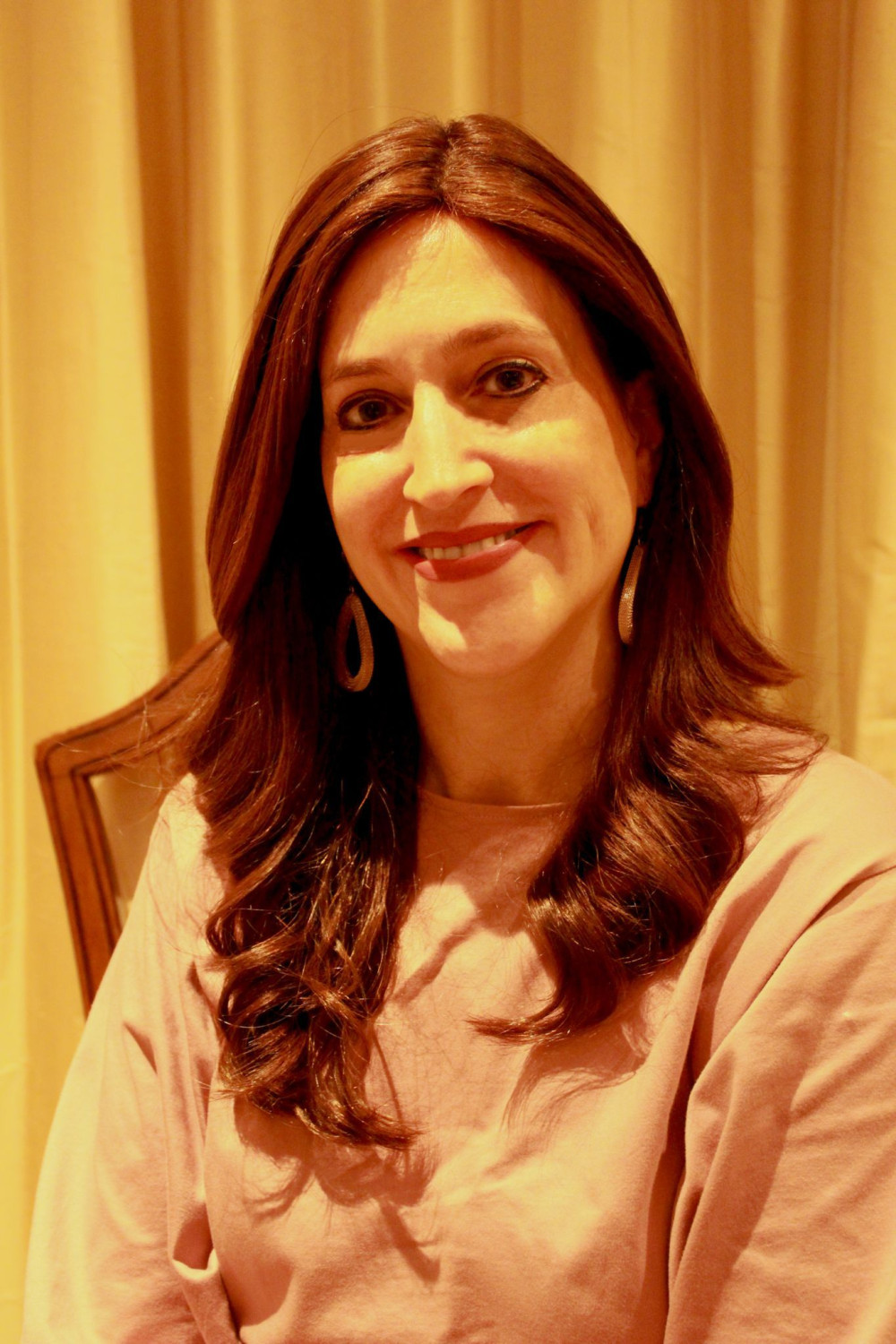
Tisha B’Av Inspiration
By Zelda Vogel, West London/Ealing, U.K.
How could Hashem have allowed the destruction of the Beis Hamikdosh? The Rebbe asks this question, noting that Halacha forbids anyone from destroying even one stone from it.
Since Hashem follows the Torah’s Mitzvos, permitting the destruction would be a violation of Hashem’s own Laws.
There is one scenario wherein it is permitted to destroy the Beis Hamikdosh (or a shul), namely, for the purpose of building something better in its place.
Thus, the destruction was conditional on Hashem rebuilding a better one, which means that Tisha B’av is inherently connected with Moshiach and the rebuilding of the Third Beis Hamikdosh. In the Amidah we pray for its completion, therefore, by implication, the Geulah (Redemption) is not something in the future, rather we yearn for the conclusion of a process that has already commenced.
How can we internalise this message? People struggle with challenges. In dealing with them, we should be aware of and focused on the possibilities inherent within those challenges. By recognising that everything is part of a process that leads to an outcome, we can strengthen our mind-set and our bitochon – our trust – that Hashem is leading us to a positive outcome.
As we are in the month of Menachem Av, may Hashem comfort us by completing the process, revealing the goodness in everything that we see and experience.
May we merit the Third Beis Hamikdosh with Moshiach now!
Sources:
Likutei Sichos 29,11
Rambam Hilchos Beis Hebechira 1:17 & R’ey Chapters 12,3 & 4 & Rambam Neg 65
Shemos Rabboh 30:9
Yalkut Shimoni Yirmiyahu #259

For this child I have Prayed (Shmuel I 1,27)
By Dina Brawer, Crown Heights, USA.
With these words, Chana is referring to her many years of prayer, asking to be blessed with a child and also beseeching Hashem for his life and continued well-being. The Gemara tells us that Chana was devastated that her young son Shmuel was condemned to death for ruling on a halacha in the presence of his teacher, Eli, Ha’Kohen Gadol. Eli tried to comfort Chana, promising her that she would be blessed with another son who would be even greater than Shmuel.
Chana responded and pleaded, “For this child have I prayed.” The Maharsha explains that Chana was saying this child carries within him hundreds of my tefillos, and those prayers cannot be replaced. Chana understood the impact of her tefillos and she wanted her prayer-filled son to thrive and be cherished. She wanted to continue investing her prayers in her existing son.
Chana is teaching us that tefillah is the primary ingredient in seeing nachas from our children. Hashem wants our prayers, He needs our prayers. We pray for the blessings we already have, not just for those blessings not yet granted.
ארבעים יום קודם יצירת הולד בת קול יוצאת ואומרת
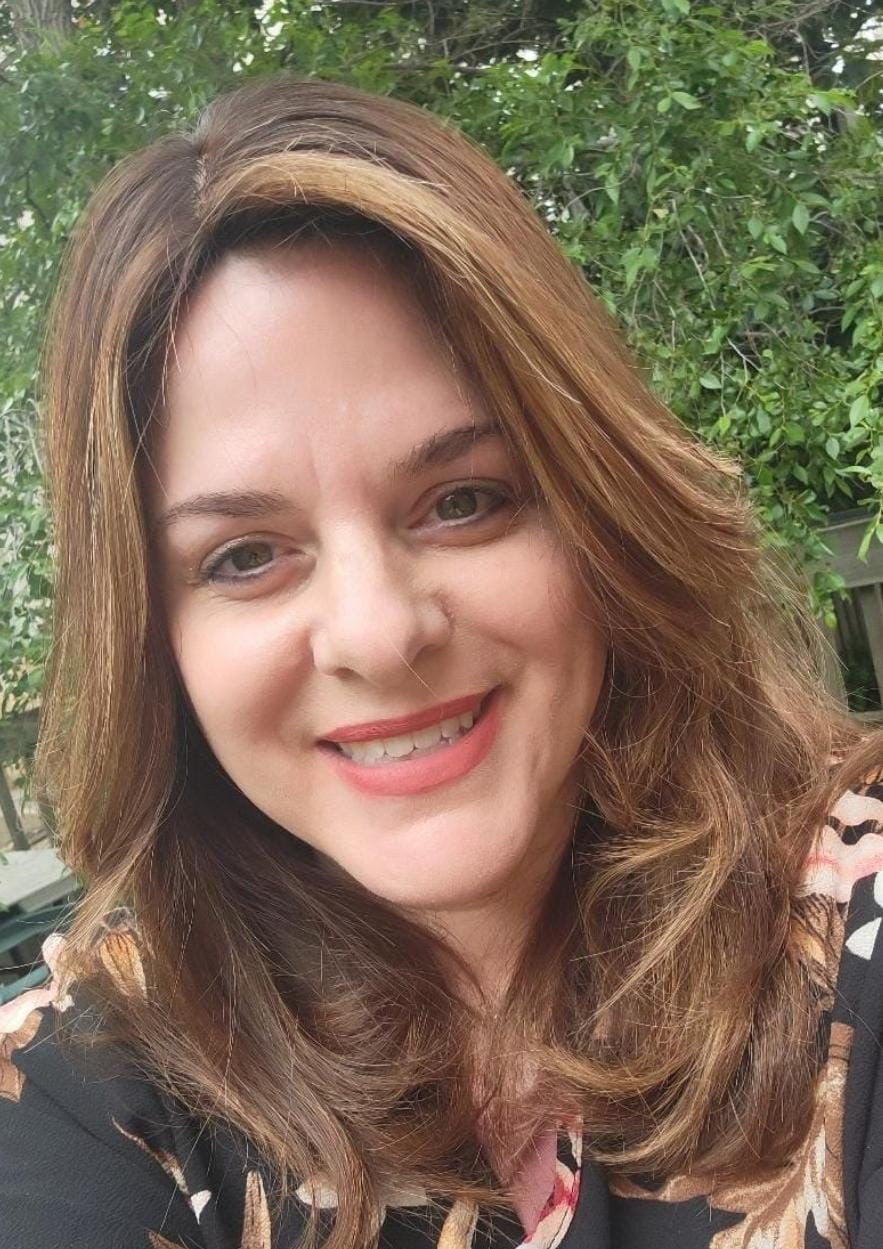
Heavenly Challah
By Chana Perman, Toronto, Canada
Imagine if you will
A bird's-eye view from above
The heartfelt prayers of a mother
Offered with tears and love
Now magnify the prayers
And multiply the tears
Think of a single boy or girl
Waiting..waiting...many years
The search goes on and on
For that special he or she
Worry begins to set in
What is going to be?
Feelings of despair and fear
Many more tears are shed
A distant dream, the blessing
Of being newly wed
Which key can open wide
That mighty heaven's door
Please G-d hear our prayers
We beg, we plead,
We implore
Now zoom in to a kitchen
And then another and another
Thousands of women baking challah
With fervent prayers for each other
Together with one goal
Steadfast in their unity
Davening for all the singles
In our global community
May we merit to see many new joyous pairs
May they merit the blessing of long happy years
May Hashem guide every couple
May laughter replace the tears
Amen!
All prayers have been heard
The blessings are fulfilled
Mazal tov, mazal tov!
The new couples are thrilled
Imagine if you will
A bird's-eye view from above
All heartfelt prayers for shiduchim
Answered with joy and love.

Waiting for Moshiach on Volcanic Land
By Mushky Feldman, Reykjavik, Iceland
For several months, we had been experiencing intense earthquakes. The first time I really felt the tremors, I was shopping at the supermarket. Suddenly, the whole building wobbled and then finally a huge bang was felt as much as heard. Like an explosion…and it was quite frightening! After running out of the supermarket with my baby, I confirmed it was just an earthquake and returned to find my abandoned shopping cart. I couldn’t find it, and as a result, I lost the last few jars of kosher pickles I had taken from the grocery shelf. It turns out that in Iceland, earthquakes are a common occurrence. Since the island sits on the tectonic plates of the European and American continents, they happen every few minutes. But to feel them all the way in the city is not common. Following the incident at the supermarket, we started feeling earthquakes on a daily basis, and then, before long, every few hours. Some were intense, while we only found out about others after the fact. As the earthquakes became stronger and more frequent, geologists in Iceland got to work to determine what was behind this strange development.
Finally, we received clarity: a volcano would be erupting very soon. The earthquakes were a result of the magma (lava) boiling and moving under the ground. Wow! All the residents of the affected area had already undertaken measures in their homes to prepare for the strongest shake yet to come. We removed anything loose from high shelves, secured furniture to the walls, and tucked our kids tightly into bed every night to prevent them from waking up in shock. The unending earthquakes and a potential volcanic eruption were almost constantly on our minds. When Moshiach comes, won’t it be just like that? We are already getting ready in real and tangible ways. The Lubavitcher Rebbe has given us clear direction so many years ago – to keep moving, to keep doing…because Moshiach is almost here. We’ve had the earthquakes, the “ikvesa d’Meshiacha - birth pangs of Moshiach” - like the Rebbe says, for so many years. What more can we do? Here, here comes the big eruption. Moshiach will arrive and it’ll be just like that. Just like a volcano. Bringing forth the depths of Torah, Toraso shel Moshiach.Revealing secrets, giving us strength, illuminating the dark.
A week before Pesach, the very depths of the earth burst out through a beautiful volcano. The lava erupted upwards for days, reaching 300 meters high. We were able to see it hundreds of kilometers away. This active volcano is changing the face of Iceland forever and geologists claim the eruption will continue for many years to come. People are flying from all over the world (with Covid measures in place) to see this incredible phenomena.
May this 15th Av (and Tisha B’av) be celebrated with Moshiach as all the wellsprings of Chassidus burst forth for all the world to see - ומלאה הארץ דעה את ה׳ (and the world will be filled with the knowledge of Hashem), together in Yerushalayim!